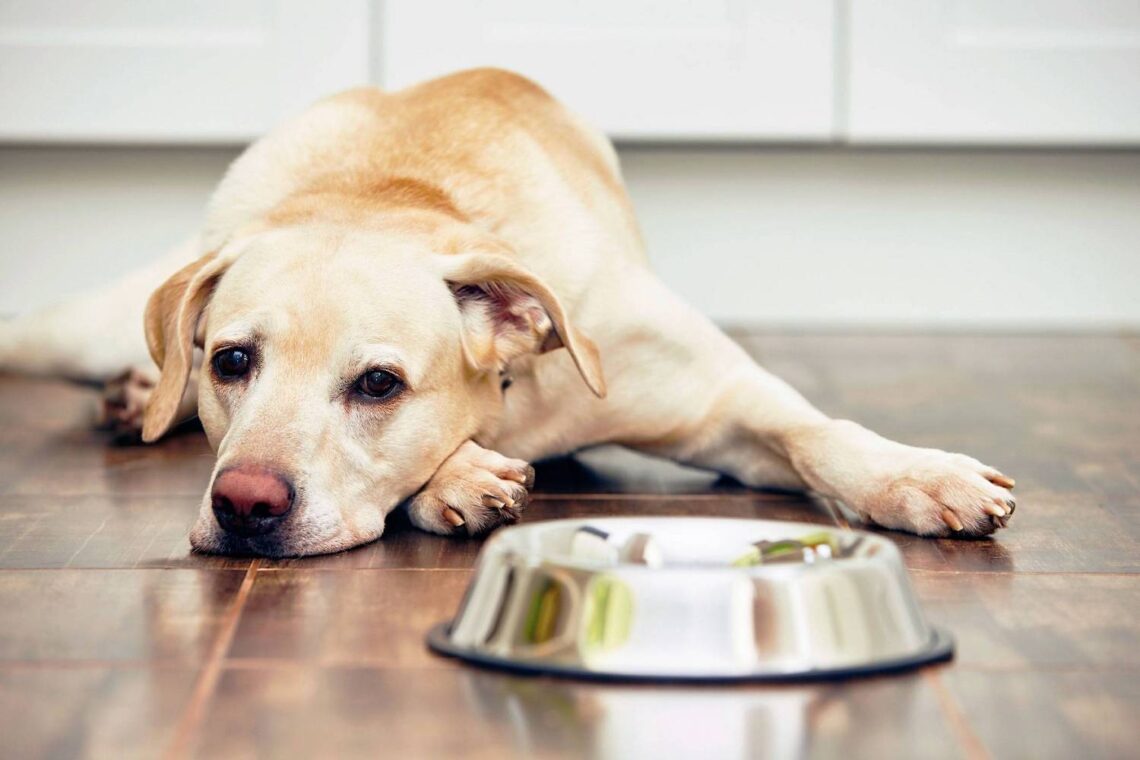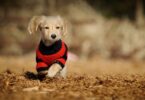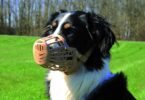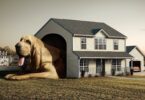Choosing a bowl for your dog could not seem simpler, but there is actually a huge selection of dog accessories in the market that can be intriguing.
In stainless steel, ceramic or plastic, raised or anti-gluttonous, large or small… It would not be an exaggeration to say that each dog has a feeder that corresponds to him.
Finding the perfect bowl for your doggie is therefore worth thinking about, and today I’m offering you a little rundown on the subject that should help you make the right choice.
Why buy a bowl for your dog?
Feeding your dog well is more than filling his stomach, it is a ritual that takes care of his health and ensures his well-being.
If the quality of the food distributed is obviously essential to offer your four-legged friend a diet adapted to his needs, the way of feeding him also plays a considerable role.
Dog feeders play the role of plates to serve the meals of our faithful doggies in a clean receptacle adapted to its morphology.
The hygienic aspect of the feeders should not be neglected, which makes it possible to avoid placing the food on the ground, thus protecting the food from bacterial contamination.
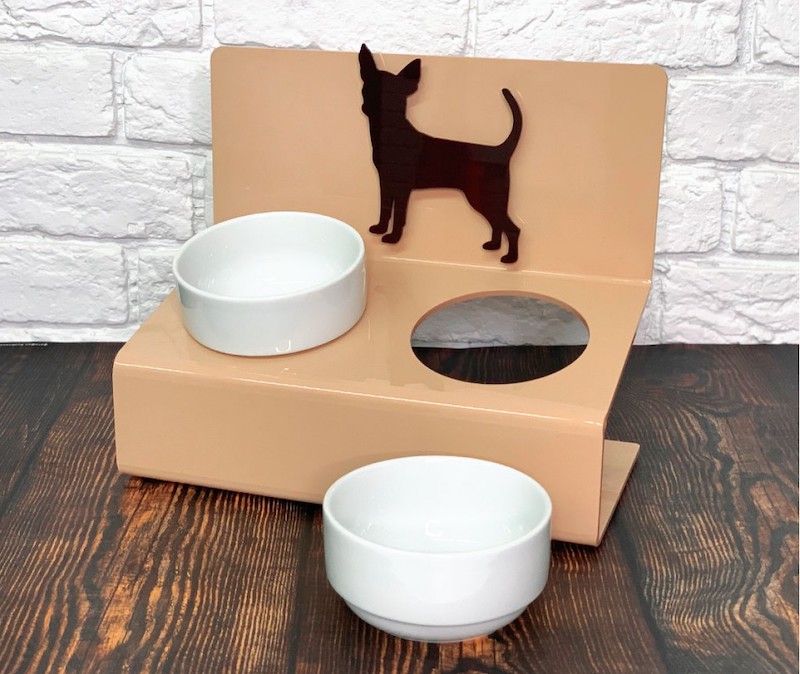
The reason we serve our animals in bowls and not on plates used by humans is also to provide them with a receptacle adapted to their pointed snout that more easily catches food in a deep feeder.
This last characteristic is important so that the dog can eat easily, without feeling stress, and without swallowing too much air.
In addition, it is not good to mix human and animal dishes, especially when you do not have a dishwasher capable of removing pathogens by cleaning at 70 °C.
Some dog parasites are transmitted to humans, and sharing your dishes with your pet can lead to contamination if it is not washed properly.
In addition, your dog’s bowl has an important “ritual” character, not to say “symbolic”, because having its own feeder allows your dog to create landmarks.
Conversely, if he eats from the same plates as his master, he may be confused and not differentiate between dishes served to humans and those intended for him.
The dog can then develop a thieving behavior, while food for humans is often very harmful to his health.
Your dog’s feeder also makes it possible to materialize a place “for him”, where he must be able to eat in all serenity without ever being disturbed, a rule necessary for his well-being and his mental balance.
To conclude, the bowl is essential both for its hygienic side and for its educational aspects aimed at creating a stable and logical environment for your doggie.
The different types of dog bowls
There are a plethora of dog bowls on the dog market, and while some stand out only for their aesthetics and materials, others perform specific functions.
Materials of dog bowls
The classic bowls are simple feeders without special functions intended to collect your dog’s food during his mealtimes.
These accessories are most often designed in stainless steel, ceramic or plastic, and available in several different sizes.
Stainless steel bowls are undoubtedly the most widespread. Durable, they do not give way under the fangs of dogs who like to chew on their belongings and are easily cleaned by hand like in the dishwasher at high temperature.
Very light, they must have a non-slip base to stay in place when the dog is eating.
Ideally, the non-slip base should be removable to allow the stainless steel part to be washed more easily and with very hot water.
It should be noted, however, that stainless steel feeders can give water and certain foods an unpleasant taste.
Ceramic feeders are the must-have bowls for dogs because it is a material that is easy to clean and remains completely neutral in contact with water and food.
Also, ceramic does not alter the taste of your pet’s food and water and does not cause contact allergy.
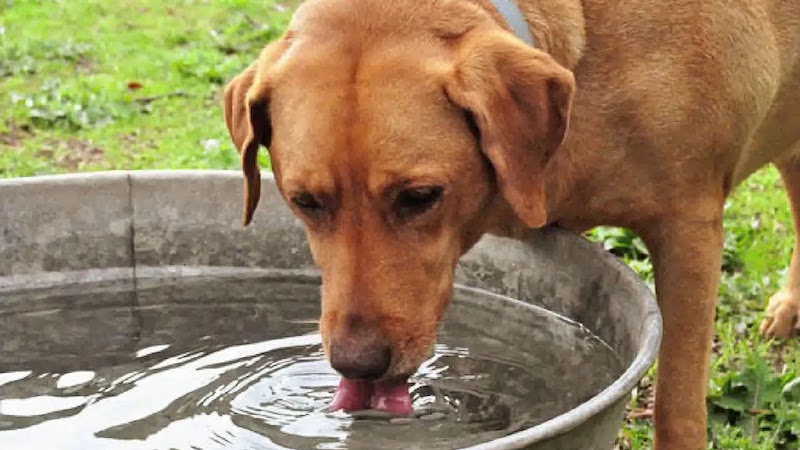
Heavier than stainless steel or plastic feeders, they are generally very stable which prevents your pooch from spilling his pittance by accident.
However, they can break when falling, and they can also be criticized for rarely having a non-slip base.
Plastic feeders offer the greatest choice of colors and designs, and they are also the cheapest on the market.
Since plastic is less hard than stainless steel and ceramic, this type of bowl is less durable and some dogs may develop a habit of chewing on them, which will damage them and cause rough spots to appear that are difficult to clean.
When intact, however, plastic bowls are easy to clean, and generally do not impart an unpleasant taste to food and water.
They can nevertheless cause contact allergies in some animals, a problem is unfortunately difficult to anticipate.
Size and shape of dog bowls
The shape of the feeder may seem accessory, but there are actually designs specifically adapted to the morphology of your dog that allows him to better digest his food.
Dogs who have difficulty gripping their food tend to swallow air, which can cause mild, but also more serious, stomach upset in them.
Among them, there are mainly hunting dogs, such as the Labrador, the Golden Retriever, the Beagle, the Weimer’s Pointer, the Dalmatian, etc.
Bigger dogs can however have floppy ears (Cockers, Setter, Basset Hound…) in which case it is wise to opt for a pyramidal feeder that will prevent them from soaking their ears in their water and food.
Other dogs, similar in morphology to a wolf, have a pointed snout that allows them easy access to food in all types of bowls.
The most common are Huskies, Akita Inu, Pinschers, but also Border Collies, Chihuahuas, and Terriers.
Dogs similar to Greyhounds can also do well with conventional bowls, except in the case of specimens with floppy ears (Afghan Hound, for example) which might need a pyramidal bowl.
The shape of the feeder you give your dog is more important in doggies that are, those with short muzzles, who may have difficulty swallowing their food.
For French or English Bulldogs, Boxers, Pekingese, and all brachycephalic dogs, it is advisable to choose a shallow bowl with a rounded bottom.
This makes food easier for the dog to access, which prevents him from swallowing too much air and developing intestinal disorders, including gas, a very common problem with these doggies.
The size of the bowl should also be adapted to the size of your pet, small dogs do not need a huge dish, while large dogs will be more comfortable with a container large enough not to hamper movement. of their jaw.
Also remember to anticipate the future size of your dog: no need to buy a small bowl for a dog intended to weigh more than 30 kilos as an adult!
Bowls for gluttonous or obese dogs
There are many so-called anti-glutton bowls on the market, designed to slow down the speed of your dog’s food intake.
I cannot recommend these accessories highly recommended by veterinarians enough, even if your pet is in excellent health.
Slower feeding is highly beneficial for your pet’s health on many levels, both in preventing some serious digestive problems and in reducing the risk of obesity.
Dogs tend to eat quickly, which often causes mild or severe stomach pain in them, which in most cases goes unnoticed by owners.
Faced with these pains, which he will not let you guess, your dog will tend to eat even faster, because the ingestion of food will episodically reduce this gastric discomfort.
Many dogs thus enter into a completely silent vicious circle, which causes them to be more or less uncomfortable and significantly increases their risk of developing overweight.
Catching his kibble one after the other has the virtue of keeping the dog greatly occupied by mimicking an activity rooted in his ancestral instincts.
This is what led to the invention of Pipolino, a kibble distributor recognized by veterinarians for its health benefits for dogs.
Also, eating more slowly reduces the risk of Stomach Dilation-Torsion, a syndrome to which large dogs are very exposed and which constitutes a true veterinary emergency!

